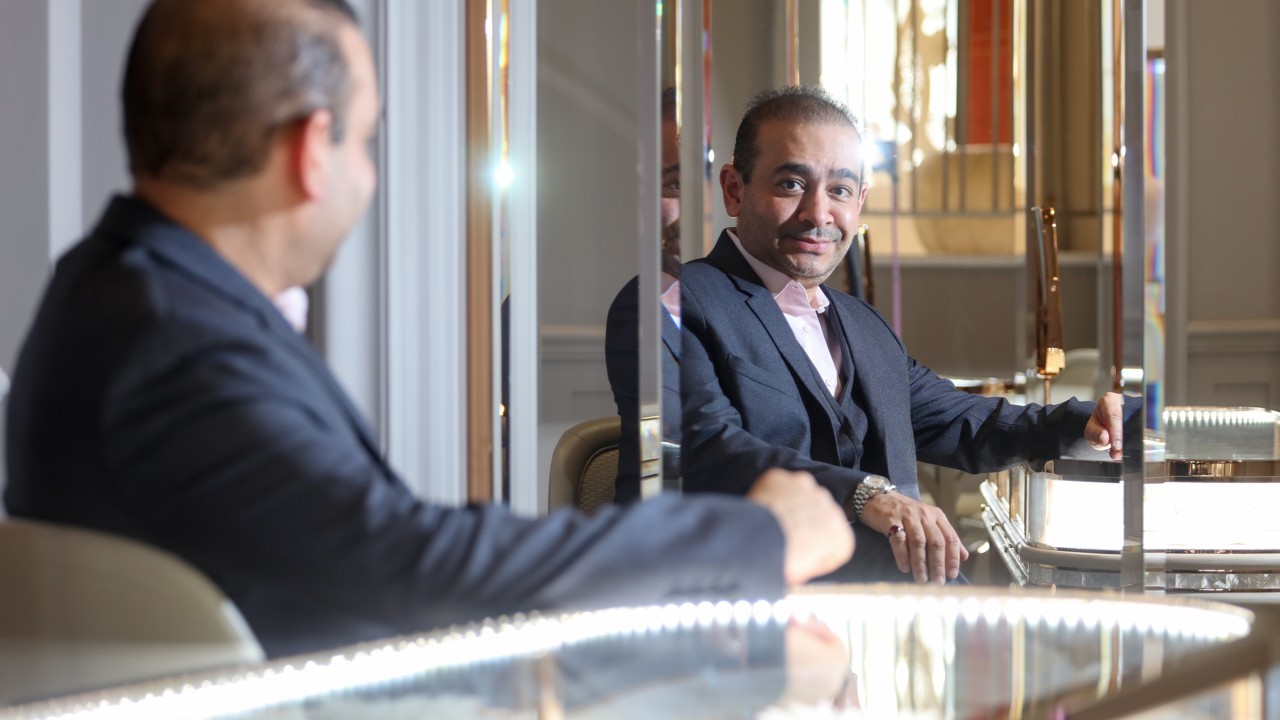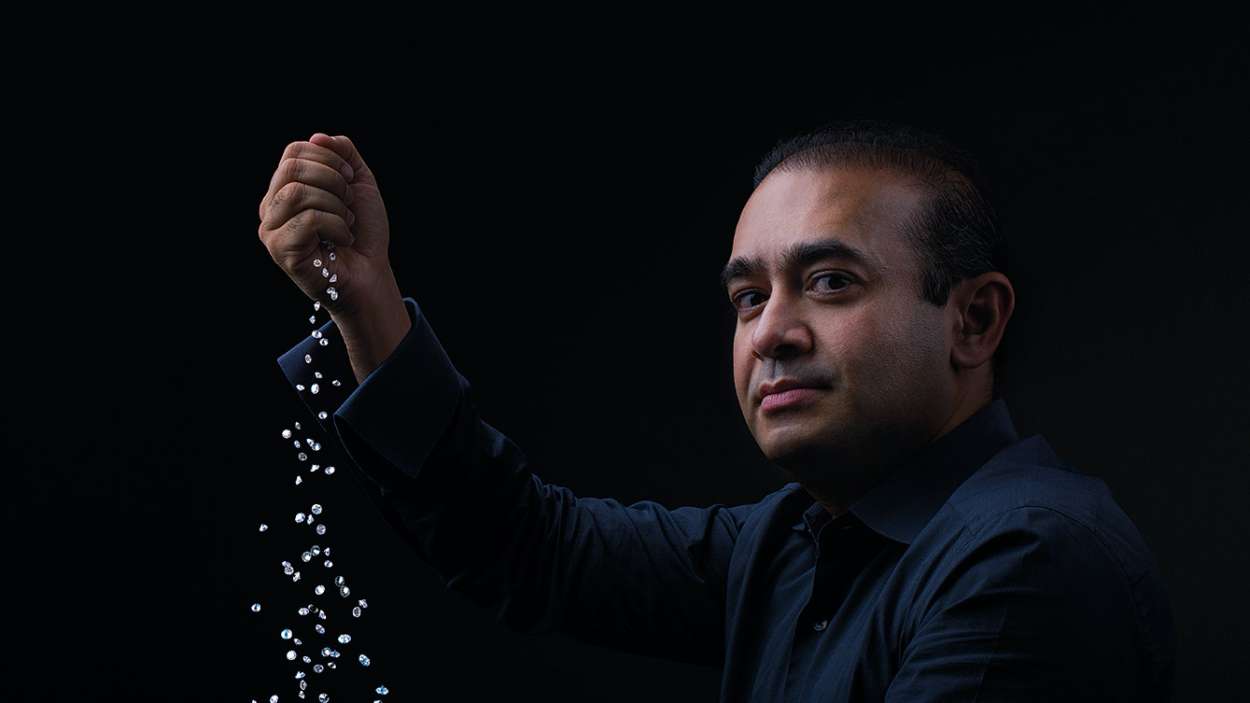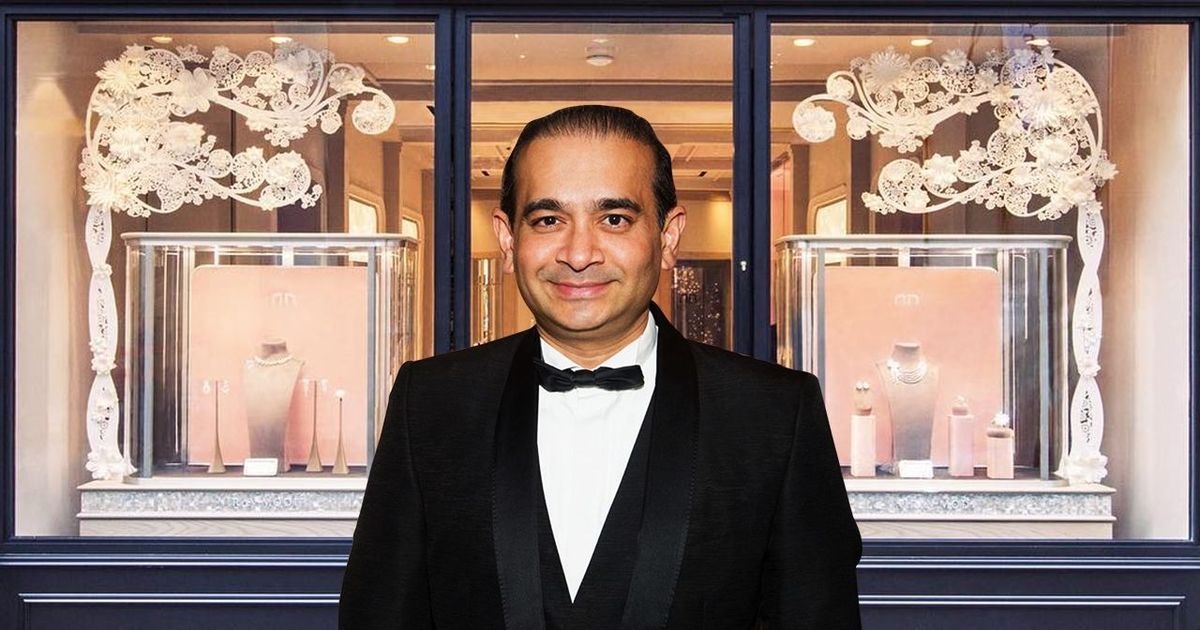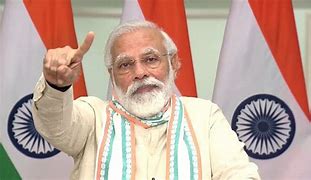Feature
Modi afraid of returning to India for being compared to demon Ravan

Mumbai: Fugitive diamantaire Nirav Modi, a key accused in the USD 2 billion PNB fraud case, cannot return to India as he is afraid of “getting lynched” and is being compared to demon ‘Ravan’, his lawyer told a special court Saturday, but the ED dismissed the claim saying if he felt there were “security threats”, he should have filed a police complaint.
Nirav Modi’s lawyer Vijay Agarwal stated this while arguing before Prevention of Money Laundering Act (PMLA) court Judge MS Azmi against the Enforcement Directorate’s (ED) application to declare Modi a fugitive under the Fugitive Economic Offenders Act.
Countering the ED plea, Nirav Modi also said through his lawyer that he had no record or data with him about his finances.
Referring to Nirav Modi’s claims of “security threats” in India, the ED said these points are “irrelevant” to the case.
The ED has claimed that Nirav Modi had refused to join the probe despite acknowledging mails and summons issued to him and that he doesn’t want to return to India.

Agarwal, however, said the diamond trader had responded to the emails sent by the investigating agencies and expressed his inability to return due to “security threats”.
“In a letter addressed to both the CBI and the ED, Modi had stated that he was not able to join the probe because of security threats (in India) from private persons, the families of those who have been detained (in the PNB case), landlords, the creditors who have not been paid and the customers whose jewellery was taken away by the ED,” he said.
“My (Modi’s) 50-ft tall effigy was burnt in India. There was evidence of a mob lynching (against me) and I (Modi) was being compared with ‘Ravan’. I have been projected as evil and being made the poster boy of the bank fraud,” said Agarwal.
He also claimed that Modi cannot be declared a fugitive as various legal requirements stipulated by the Fugitive Economic Offenders (FEO) Act have not been met by the investigating agency.
Modi feels scared in returning to India for his USD 2 billion PNB fraud case:
“The main reason the ED is seeking to declare Nirav Modi a fugitive is that he left India under suspicious circumstances on January 1, 2018. However, there was no criminal case (against him) when he had left the country,” Agarwal said.
“They cannot just say that he left the country under suspicious circumstances. They need to specify what those suspicions were. Also there is no material on record to say that he is refusing to return to India,” he said.
Unlike liquor baron Vijay Mallya, who is accused of a loan default of over Rs 9000 crore, Modi had no Non-Performing Assets (NPAs) when he left the country, Agarwal argued.
He said that being a (jewellery) designer, Modi is a sort of an “artist” who cannot provide any financial information as desired by the ED.
“All my (Modi) finances were taken care of by my employees who are already in the custody of the investigating agency. I have no record or data. What are they going to investigate with me, as they have taken away all my source of information,” Agarwal said.

Countering Agarwal’s submission, ED counsel Hiten Venegaonkar said all these arguments have nothing to do with the Fugitive Act (FEO).
“As far as security threats are concerned, any prudent person who is fearing threats to his life needs to file a police complaint. Until now, there is no material before the ED or the court (about any such complaint). So these points are irrelevant,” he said.
As per the investigating agencies, Modi and his uncle Mehul Choksi, in connivance with certain bank officials, allegedly cheated the Punjab National Bank (PNB) to the tune of Rs 14,000 crore through issuance of fraudulent Letters of Undertaking (LoUs).
These LoUs were allegedly issued in a fraudulent manner by a Mumbai branch of the PNB to the group of companies belonging to Modi since March 2011 till the case came to light.
Entertainment
Meghalaya Reserves Legalized Gambling and Sports Betting for Tourists

The State Scores Extra High on Gaming-Friendly Industry Index
Meghalaya scored 92.85 out of 100 possible points in a Gaming Industry Index and proved to be India’s most gaming-friendly state following its recent profound legislation changes over the field allowing land-based and online gaming, including games of chance, under a licensing regime.
The index by the UK India Business Council (UKIBC) uses a scale of 0 to 100 to measure the level of legalisation on gambling and betting achieved by a state based on the scores over a set of seven different games – lottery, horse racing, betting on sports, poker, rummy, casino and fantasy sports
Starting from February last year, Meghalaya became the third state in India’s northeast to legalise gambling and betting after Sikkim and Nagaland. After consultations with the UKIBC, the state proceeded with the adoption of the Meghalaya Regulation of Gaming Act, 2021 and the nullification of the Meghalaya Prevention of Gambling Act, 1970. Subsequently in December, the Meghalaya Regulation of Gaming Rules, 2021 were notified and came into force.
All for the Tourists
The move to legalise and license various forms of offline and online betting and gambling in Meghalaya is aimed at boosting tourism and creating jobs, and altogether raising taxation revenues for the northeastern state. At the same time, the opportunities to bet and gamble legally will be reserved only for tourists and visitors.
“We came out with a Gaming Act and subsequently framed the Regulation of Gaming Rules, 2021. The government will accordingly issue licenses to operate games of skill and chance, both online and offline,” said James P. K. Sangma, Meghalaya State Law and Taxation Minister speaking in the capital city of Shillong. “But the legalized gambling and gaming will only be for tourists and not residents of Meghalaya,” he continued.
To be allowed to play, tourists and people visiting the state for work or business purposes will have to prove their non-resident status by presenting appropriate documents, in a process similar to a bank KYC (Know Your Customer) procedure.
Meghalaya Reaches Out to a Vast Market
With 140 millions of people in India estimated to bet regularly on sports, and a total of 370 million desi bettors around prominent sporting events, as per data from one of the latest reports by Esse N Videri, Meghalaya is set to reach out and take a piece of a vast market.
Estimates on the financial value of India’s sports betting market, combined across all types of offline channels and online sports and cricket predictions and betting platforms, speak about amounts between $130 and $150 billion (roughly between ₹9.7 and ₹11.5 lakh crore).
Andhra Pradesh, Telangana and Delhi are shown to deliver the highest number of bettors and Meghalaya can count on substantial tourists flow from their betting circles. The sports betting communities of Karnataka, Maharashtra, Uttar Pradesh and Haryana are also not to be underestimated.
Among the sports, cricket is most popular, registering 68 percent of the total bet count analyzed by Esse N Videri. Football takes second position with 11 percent of the bets, followed by betting on FIFA at 7 percent and on eCricket at 5 percent. The last position in the Top 5 of popular sports for betting in India is taken by tennis with 3 percent of the bet count.
Local Citizens will Still have Their Teer Betting
Meghalaya residents will still be permitted to participate in teer betting over arrow-shooting results. Teer is a traditional method of gambling, somewhat similar to a lottery draw, and held under the rules of the Meghalaya Regulation of the Game of Arrow Shooting and the Sale of Teer Tickets Act, 2018.
Teer includes bettors wagering on the number of arrows that reach the target which is placed about 50 meters away from a team of 20 archers positioned in a semicircle.
The archers shoot volleys of arrows at the target for ten minutes, and players place their bets choosing a number between 0 and 99 trying to guess the last two digits of the number of arrows that successfully pierce the target.
If, for example, the number of hits is 256, anyone who has bet on 56 wins an amount eight times bigger than their wager.























